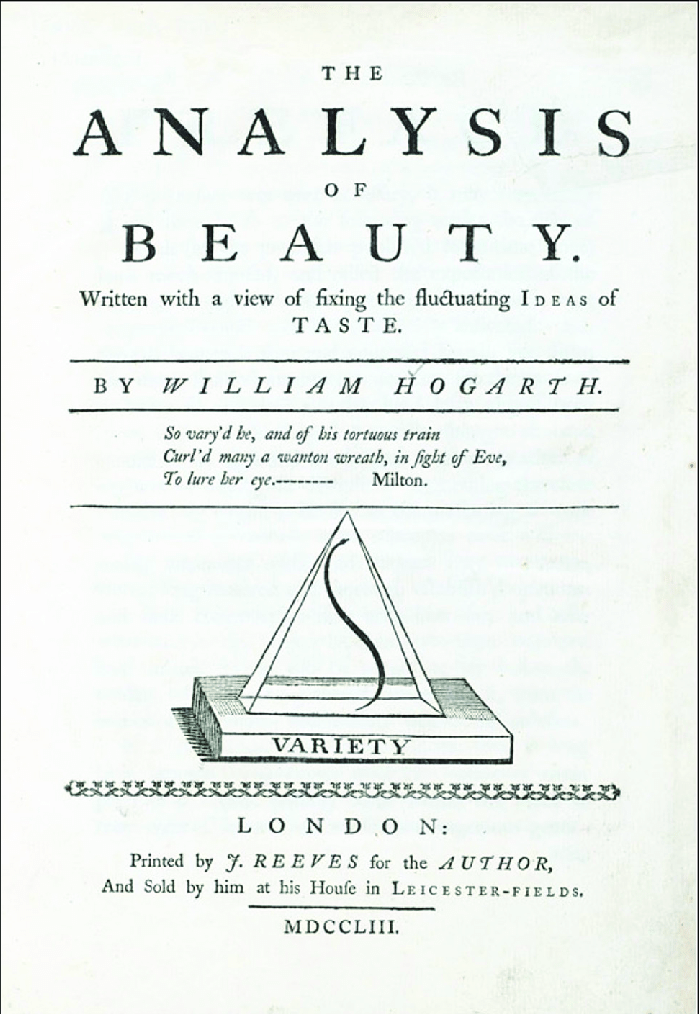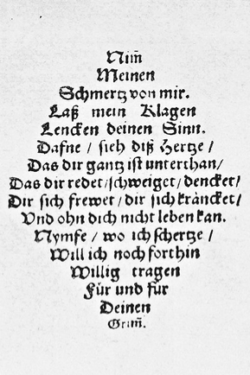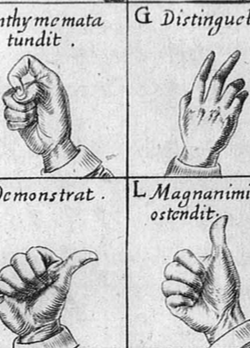Descrizione
Storia dell’arte 5, Gennaio – Marzo 1970
Filiberto Menna
L’analisi della bellezza di William Hogarth
This essay places the Analysis at the heart of Hogarth’s work and poetics, for the author finds that here the artist is attempting to reach a codification of visual language, his point of reference being verbal language. This process is associated with Hogarth’s ideological system: the aim he set himself was social edification – he was therefore obliged to discover for himself new methods of communication that are still comprehensible to the vast majority of the inhabitants of a modern city. Hogarth’s illuministic ideology finds its most effective weapon in an art aiming at logical and psychologic persuasion in a rhetorical form of art. At the same time, the Analysis is no longer interpreted as a treatise on the philosophy of aesthetics, in the customary fashion of the English empirical tradition, but as a treatise on rhetoric, the rhetoric of imagery. By means of an analysis of Hogarth’s ideas and works, the artist is shown to have taken pains to develop his own discourse, his own style of imagery, on a rhetorical basis: this he does by dedicating his attention to the invention of the subject, the disposition of the argument (the sequence of images) and to an elocution, which enhances his thesis with the help of rhetorical figures (antithesis, metaphor, metonymy etc.). The ends he has in mind when using this persuasive technique are associated not only with his ideological purposes, but also with considerations of an economic and business nature, for the artist worked on a strictly productive basis, in order to conquer the market and get the better of foreign and national competition. The essay continues with a detailed examination of the means by which Hogarth developed his optical grammar and dwells on the various attributes of form indicated and analyses by the artist himself, in particular on the complementary principles of variety and fitness, which are the basis of decorative and functional forms respectively. Finally, the essay shows how Hogarth used these principles not only on an operative plane but also to achieve a visual analysis of the milieu as a reality: he was interested in the artistic subject and in natural forms, in architecture and the aspect of a city, its lay-out, in fashion and social behavior, even in the movements of the human body, which he reduces to a linguistic system and as such are analyzed by the artist. The last part of the essay, in fact, is dedicated to the language of the body as it may be deduced from the Analysis and from the pages Hogarth devoted to the theatre, the dance, masks, marionettes and actors.


